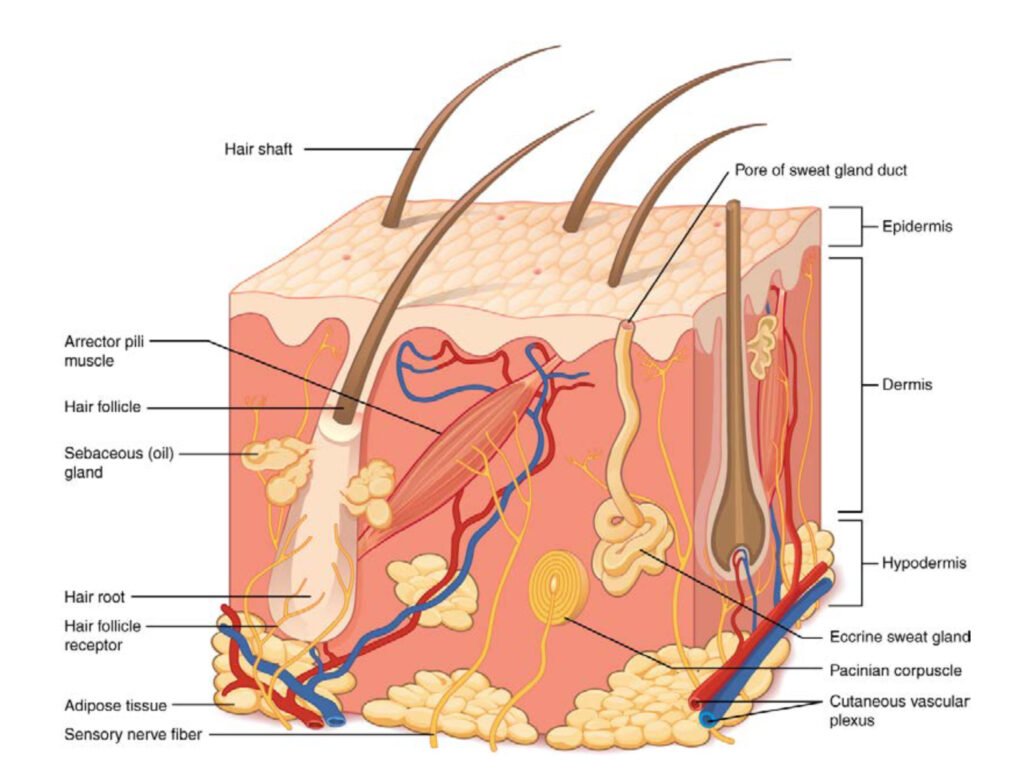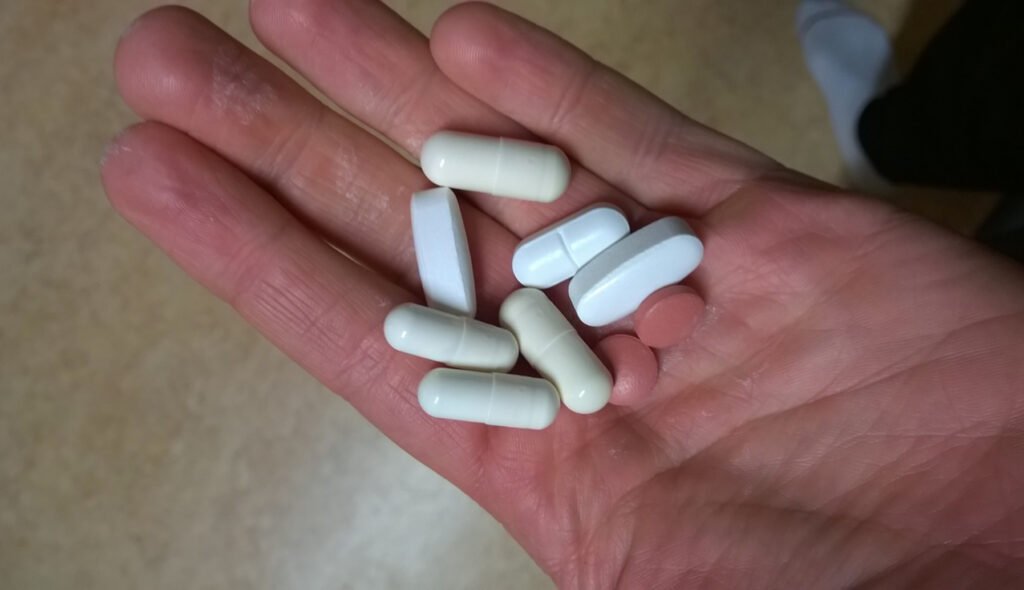What are the benefits of vitamin D? What are the food sources, deficiency, and toxicity of vitamin D?

Buthinazplus
Dec 16, 2022,
what is vitamin D?
In 1930, the fortification of milk with vitamin D was an effective step to fight “rickets” in children throughout the world. This process was after the world realized the real value of vitamin D in keeping the body in good health and fighting a variety of diseases. In recent times, scientists and healthcare providers still discovering more and more of the benefits of vitamin D. For example, many recent case studies link vitamin D to diseases such as cardiovascular diseases, autoimmune diseases, diabetes, and cancer (Sizar et al.).
Vitamin D is a fat-soluble vitamin that acts in the human body as a vitamin and as a hormone at the same time. This essential vitamin is necessary for calcium homeostasis (balance) and bone health and metabolism.
Vitamin D is a fat-soluble vitamin similar to vitamin A, E, and K, which means it needs a fat medium or environment in the body to absorb it. Such vitamins dissolve in fat and are absorbed along with the fat in the diet and then stored in body fat tissues and the liver ().
(Note) because of all the important effects of vitamin D on the human body, everyone should read carefully all about this great vitamin and memorize it. Vitamin D acts as a vitamin and a hormone and the body needs a balanced and adequate amount of this vitamin.
How does vitamin D synthesize in the body?

There are three sources needed for the body to synthesize vitamin D:
- Sunlight:, when the person is exposed to sunlight, the skin uses UV radiation from the sunlight to synthesize vitamin D3 and D3 (cholecalciferol) which is the first step to form the active vitamin D (calcitriol). Vitamin D3 travel by bloodstream from the skin to the liver to form vitamin D2 (ergocalciferol) which in turn reaches the kidney afterward to form the active chemical form of vitamin D.
- Food:, the body needs food rich in vitamin D, especially if there is not enough sunlight to aid the body to synthesize vitamin D. when the person consumes the food, the nutrients in the food will be absorbed by the small intestine and then carried to the liver by the blood then to the kidney, the last stage in forming the active vitamin D (). Vitamin D is not found naturally in many foods but the quantity needed of the vitamin is low since the majority can be synthesized naturally in the body from the sunlight (20 minutes of exposure to the sun is enough for the body to trigger vitamin D synthesis). Except for people who have darker skin or who can’t get enough sunlight, food and supplements are necessary.
- Supplements,: if a person can not get enough exposure to sunlight or enough food rich in vitamin D, then vitamin D supplements can be a good choice.
As a general rule, when taking supplements, one should make sure it is a good quality supplement made out of good ingredients otherwise it will give negative effects.




what is the benefit of vitamin D?
The main role of vitamin D is to absorb two essential minerals in the intestine, calcium and phosphorous. Calcium and phosphorus are very necessary minerals for healthy bones. A series of health complications would occur without an adequate amount or lack of absorption of vitamin D.
For example, lack of calcium can result in a painful health condition called “rickets” in children where the bones are abnormally deformed. Similarly, in the elderly, a lack of calcium causes “osteomalacia” which makes their bones fragile and soft and easy to fracture (Betts et al., 2013).
Vitamin D is also essential for general immunity, it protects the body against viral, bacterial, or fungal infection. Moreover, many scientific studies highlight the roles of vitamin D in defending the body against cancer, diabetes, inflammation, cardiovascular disease, autoimmune disease, depression, and more (Sizar et al.).
In summary, vitamin D is essential for the human body for many reasons such as:
- Necessary for keeping the calcium level in the body balanced
- Essential to absorb calcium and phosphorus in the intestine for healthy bones
- Protect children against “rickets”
- Protect adults and elderly against “osteomalacia” and “osteoporosis”
- Recent studies linking vitamin D deficiency to cancer, diabetes, inflammation, cardiovascular disease, autoimmune disease, and depression
what are the sources of vitamin D?





Vitamin D is synthesized naturally in the body when exposed to sunlight for at least 20 minutes a day. The body can synthesize vitamin D with the help of the cholesterol in the skin. The other source to get vitamin D is mainly found in animal meat and products, fortified dairy, and supplements.
In summary, Vitamin D sources are:
- Naturally synthesized by the skin when exposed to the sunlight
- Animal products
- Fish, mainly fatty fish such as tuna and salmon and fish liver
- Animal meat and organs especially the liver
- Whole milk or reduced-fat milk and dairy products (not fat-free milk unless it’s fortified)
- Animal products mainly eggs and butter
- Fortified dairy products
- Nutritional supplements
What causes vitamin D deficiency?
Vitamin D is needed in small amounts for the body to get all the benefits. In contrast, too much vitamin D production can be very toxic. In addition, the production of vitamin D is affected by adequate exposure to sunlight, while too much exposure to sunlight can have negative effects.
For example, exposure to the sunlight for a long time, or to artificial ways of light to tan the skin such as tanning beds can result in too much production of “melanin”, the pigment in the skin, and therefore interfere with the production of vitamin D (Betts et al., 2013).
Moreover, since vitamin D is absorbed in the intestine, any health condition that affects the intestine links directly to vitamin D deficiency. For example. If the person suffers from constipation for a long time, colon disturbance, bad digestion, colon cancer, etc…, the person will suffer also from vitamin D deficiency.
The lymphatic system health plays a role also in vitamin D deficiency because, 40% of the vitamin absorbed in the intestine is transferred to the liver through the lymphatic system, any health problem or blockage affecting this lymph pathway will link also to vitamin deficiency.
Lastly, drugs and medication are filtered and detoxified in the liver, so too much medication will overwork the liver and slow down the vitamin D synthesizing process and absorption.
In summary, the causes of vitamin D are as follows:
- Lack or inadequate exposure to sunlight
- Too much melanin production naturally or artificially
- Any health condition affecting the intestine where vitamin D is absorbed can cause vitamin D deficiency
- The lymphatic system blockage
- Medication
- Gallbladder stones or disease
- Lack of bile production
In addition, the following health conditions can result in vitamin D malabsorption and deficiency (Sizar et al.):
- Cystic fibrosis
- End-stage liver disease
- Celiac sprue
- Short bowel syndrome
- Gastric bypass
- Inflammation
- Cystic fibrosis
what are the signs and symptoms of vitamin-D deficiency?
what are the signs and symptoms of vitamin-D deficiency?
Vitamin D is an essential vitamin involved in calcium and phosphorus absorption which are essential minerals for healthy bones.
So, less vitamin D production or absorption can cause various deficiencies such as:
- “rickets” in children due to a failure of the child’s bones to grow and mineralize.
- “Osteoporosis” in adults is a reduction in calcium and phosphate absorption which affects bone health and density in adults.
- “Ostemalacial” in the elderly which can cause weak and easily fractured bones.
The signs and symptoms of vitamin D deficiency are:
- Hair loss
- Fatigue
- Sleep disturbance
- Depression or mood changes
- Bone pain and achiness
- Getting sick easily
- Loss of appetite
- Muscle weakness
What Causes Vitamin-D toxicity?
The leading causes of Vitamin-D toxicity (Hypervitaminosis D) are:
- ingesting high doses of Vitamin-D supplements which is the main reason for toxicity
- Taking high doses of supplements combined with a high amount of forfeited milk
- Some kinds of abnormal health conditions such as granulomatous or lymphomas (2020).
what are the signs and symptoms of toxicity?
Vitamin D overproduction or toxicity in the body sometimes does not have alarming symptoms until the patient reaches an advanced stage. In many cases, patients get confused with their health condition when the signs or symptoms they experiencing are common and can be mistaken for other health complications.
For example, too much exposure to sunlight can result in the overproduction of melanin (natural color or pigment in the skin) which leads to the overproduction of vitamin D, therefore, pigmentation, wrinkles, or cancer can occur.
Also, overdose of vitamin D supplements can results in a health condition called “hypercalcemia” which is building calcium in the blood (Betts et al., 2013). It is good to know that overdose comes from supplements not from dietl, so consuming food always better than consuming supplement unless recommended by the doctor.
The following symptoms are the most common and serious symptoms of vitamin D toxicity:
- Bones pain or aches
- Kidney stones
- Muscle weakness, pain, or aches
- Gout
- Abdominal pain, vomiting, or nausea
- Constipation
- Ulcer disease
- Depression and anxiety
- Confusion, lethargy, or apathy
- Sleep disturbance
How Vitamin D deficiency or toxicity can be diagnosed and treated?
Vitamin D diagnosis can be done by the following:
- Clinical diagnosis should be done at the doctor’s office at the beginning of diagnosis
- A lab test to check the vitamin D level, calcium level (total and ionized calcium), and PTH hormone
- EKG or ECG test (electrocardiogram) to assess the GT interval (a medical term). GT interval assessment can assess if there is irregular heart rhythm which would be a result of vitamin D toxicity.
- In the case of Hypercalcemia, the level of vitamin D in the lab test will be high (>11mg/dl).
The treatment plan should be as follows::
- The history of the patient is one of the factors for vitamin D irregular level, so the doctor should address the history carefully
- Check the sources that lead to the problem and correct it
- Avoid a lazy lifestyle and move more often
- In case of dehydration, IV fluid can be administered by a healthcare professional
- In more advanced conditions, the doctor should put the patient under observation and make a routine checkup within a treatment plan.
referals
Betts, J. G., Korol, O., Jonhson, J. E., Johnson, E., Desaix, P., Young, K. A., Mark Womble, Wise, J. A., Poe, B., & Kruse, D. (2013). Anatomy & Physiology. OpenStax College, Rice University. (Betts et al., 2013)
Medeiros, D. M., & Wildman, R. E. C. (n.d.). Advanced Human Nutrition (4th ed.). —-(Medeiros & Wildman)
Sizar, O., Khare, S., Goyal, A., & Givler, A. (n.d.). Vitamin D deficiency – statpearls – NCBI bookshelf. Retrieved December 21, 2022, from https://www.ncbi.nlm.nih.gov/books/NBK532266/ —(Sizar et al.)
Vitamin d image—– Sunlight is one source of vitamin D. (n.d.). Retrieved from https://openstax.org/details/books/anatomy-and-physiology . —() ——
Betts, J. G., Korol, O., Jonhson, J. E., Johnson, E., Desaix, P., Young, K. A., Mark Womble, Wise, J. A., Poe, B., & Kruse, D. (2013). Anatomy & Physiology. OpenStax College, Rice University. (Betts et al., 2013)





